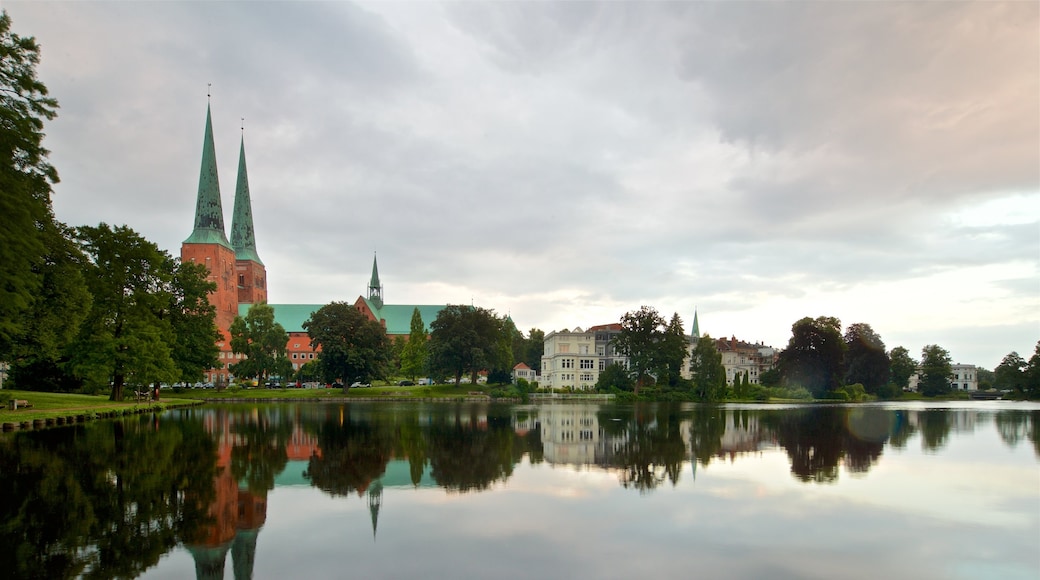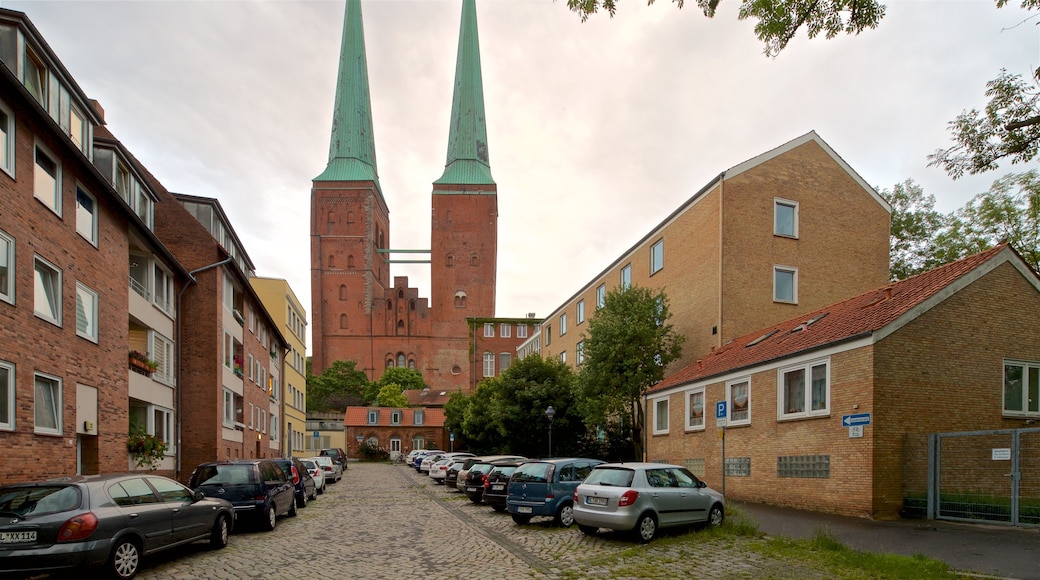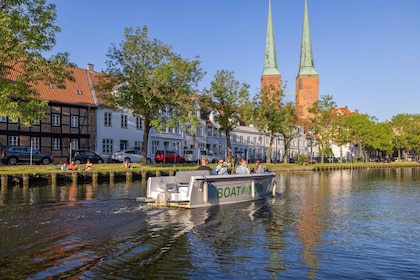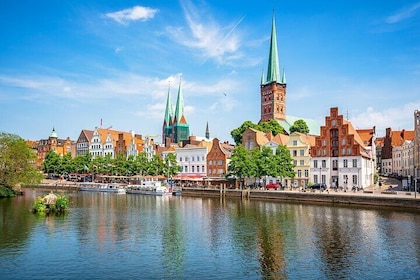The Dom (Luebeck Cathedral) is among the most important religious landmarks in Luebeck. Set in a historic district blessed with striking church buildings, it stands out as one of the city’s finest. Scrutinize the Gothic architecture and artistic treasures of the Dom while enjoying its peaceful ambiance.
Get a little background on the history of the church. Established by the Saxon prince Henry the Lion in 1173, the original structure took over 50 years to complete. At the time it had a Romanesque design. An expansion of the church began in 1266, which saw it converted into a Gothic building with three naves. It stood for almost 800 years before the 1942 bomb raids by British Allies destroyed it and large parts of the city. Work on the reconstructed church finished in 1982.
Dominating the brick exterior are twin towers topped by soaring spires. They form part of the Sieben Türme, which is a collection of seven towers that decorate five historic churches in Luebeck Old Town. Walk around the perimeter to see examples of tall, narrow Gothic windows.
Numerous works of art decorate the walls of the immaculately maintained interior. One of the most notable is the Triumphkreuz, which is a 15th-century triumphal cross by local artist Bernt Notke. It has the form of a family tree and features representations of Jesus and Mary, John the Apostle, Adam and Eve. There are also four medieval altars, which survived the bombings, and a modern organ.
The cathedral stands toward the southern edge of the island of Luebeck Old Town. It’s just a 20-minute walk from the city’s central train station. Public buses stop on nearby Muehlenstrasse. Located in the cathedral’s adjoining building is the Museum of Nature and Environment, where exhibits focus on the ecology of the Schleswig-Holstein state.
The Dom is open daily. Access is restricted during services and special events such as concerts. A list of current events is available on the cathedral’s official website.

















